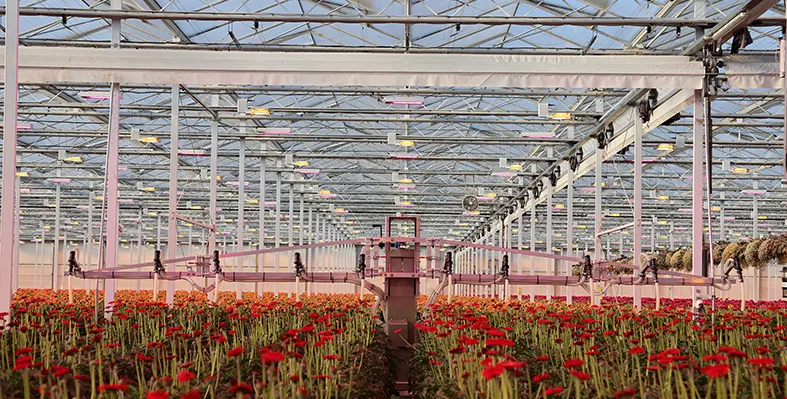
Zoomlion showcases tailored solutions for Africa’s growth at China-Africa Economic and Trade Expo. (Image source: Zoomlion)
Zoomlion Heavy Industry Science & Technology Co., Ltd. took centre stage at the 4th China-Africa Economic and Trade Expo in Changsha, China, from 12 to 15 June, showcasing its latest agricultural and engineering machinery solutions tailored specifically for the African market
Since making its entry into Africa in 2007, Zoomlion has played an integral role in infrastructure development and agricultural modernisation across the continent. The company has also been committed to nurturing local talent, evident in its ongoing technical training programs, such as those provided to Ugandan farmers to enhance agricultural skill sets.
At the trade expo, Zoomlion displayed a comprehensive line-up of machinery, ranging from construction cranes and earthmoving equipment to aerial work platforms and advanced agricultural machinery. These products are engineered to withstand and perform efficiently in Africa’s diverse and often demanding working conditions.
Zoomlion’s footprint in Africa has expanded significantly over the past 18 years. The company has delivered more than 10,000 units of equipment to markets across the continent, establishing itself as one of Africa’s leading machinery suppliers. In addition to setting up subsidiaries in key markets like South Africa, Nigeria, Kenya, and Tanzania, Zoomlion has developed a robust after-sales infrastructure. This includes spare parts centres in Algeria and South Africa, a joint-venture manufacturing plant in Algeria, and an expanding network of dealers and service providers across the region.
The company has also been instrumental in supporting critical infrastructure projects throughout Africa. These include Egypt’s New Administrative Capital—home to Africa’s tallest skyscraper at 385.8 metres—the Julius Nyerere Hydropower Project in Tanzania, which boosts the country’s energy capacity nearly fourfold, and the N'Djamena Stadium in Chad, designed to host international sports and cultural events. Another notable contribution is the Rosso Bridge, linking Senegal and Mauritania, which will enhance regional trade and connectivity.
Zoomlion’s growth trajectory in Africa continues to accelerate. Sales in the first quarter of 2025 alone accounted for 60% of the total recorded in 2024, underlining rising demand for its solutions. As of May 2025, the company’s Africa team comprised over 300 employees, with more than 90% of them being locally hired—demonstrating Zoomlion’s commitment to job creation and skills development in the region.









